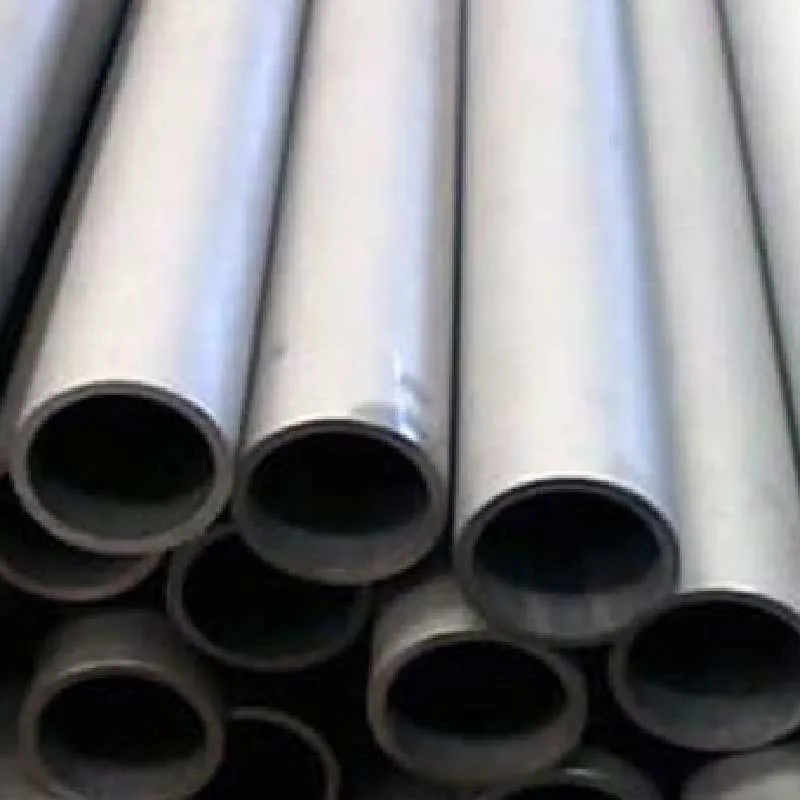-
Cangzhou Yulong Steel Co., Ltd.
-
Phone:
+86 13303177267 -
Email:
admin@ylsteelfittings.com
- English
- Arabic
- Italian
- Spanish
- Portuguese
- German
- kazakh
- Persian
- Greek
- French
- Russian
- Polish
- Thai
- Indonesian
- Vietnamese
- Zulu
- Korean
- Uzbek
- Hindi
- Serbian
- Malay
- Ukrainian
- Gujarati
- Haitian Creole
- hausa
- hawaiian
- Hebrew
- Miao
- Hungarian
- Icelandic
- igbo
- irish
- Japanese
- Javanese
- Kannada
- Khmer
- Rwandese
- Afrikaans
- Albanian
- Amharic
- Armenian
- Azerbaijani
- Basque
- Belarusian
- Bengali
- Bosnian
- Bulgarian
- Catalan
- Cebuano
- China
- China (Taiwan)
- Corsican
- Croatian
- Czech
- Danish
- Esperanto
- Estonian
- Finnish
- Frisian
- Galician
- Georgian
- Kurdish
- Kyrgyz
- Lao
- Latin
- Latvian
- Lithuanian
- Luxembourgish
- Macedonian
- Malgashi
- Malayalam
- Maltese
- Maori
- Marathi
- Mongolian
- Myanmar
- Nepali
- Norwegian
- Norwegian
- Occitan
- Pashto
- Dutch
- Punjabi
- Romanian
- Samoan
- Scottish Gaelic
- Sesotho
- Shona
- Sindhi
- Sinhala
- Slovak
- Slovenian
- Somali
- Sundanese
- Swahili
- Swedish
- Tagalog
- Tajik
- Tamil
- Tatar
- Telugu
- Turkish
- Turkmen
- Urdu
- Uighur
- Welsh
- Bantu
- Yiddish
- Yoruba

Jul . 31, 2024 19:15 Back to list
Exploring the Importance and Impact of Pipe Utilization in Modern Engineering and Infrastructure Design
The Importance of Pipe Use in Modern Infrastructure
Pipelines are essential components of modern infrastructure, playing a critical role in transporting various fluids, including water, oil, gas, and even chemicals. As society continues to evolve and industrial processes expand, the efficiency and reliability of pipe systems become increasingly vital. This article explores the importance of pipe use, its applications, and the innovations driving its development.
Applications of Pipes
Pipelines serve a multitude of purposes across various sectors. In the oil and gas industry, pipelines transport hydrocarbons from extraction points to refineries and distribution centers. This method is often more economical and environmentally friendly than road or rail transport, significantly reducing the carbon footprint associated with these activities. Similarly, water supply systems utilize pipes to deliver clean water to homes and businesses, ensuring public health and hygiene.
In agriculture, pipes facilitate irrigation, maximizing crop yield while conserving water resources. Industrial applications also rely on pipes for transporting chemicals and materials necessary for manufacturing processes. Overall, the versatility of pipes makes them indispensable to a wide range of industries.
Economic Benefits
The economic implications of effective pipe use are substantial. Constructing and maintaining the necessary infrastructure for transporting fluids efficiently contributes to job creation and economic stability. The pipeline sector alone is responsible for thousands of jobs, from construction and engineering to maintenance and oversight.
Moreover, the cost-effectiveness of pipelines is noteworthy. Transporting materials through pipelines is generally cheaper and safer than using other modes of transport. This inherent efficiency contributes to lowering the overall cost of products and services, benefiting consumers and businesses alike.
Safety and Environmental Considerations
pipe use

The safety of pipelines is a primary concern, as leaks or ruptures can have significant environmental and economic consequences. Consequently, stringent regulations govern pipeline construction and maintenance. Advanced monitoring technologies, such as smart sensors and drones, are increasingly deployed to detect potential issues before they escalate into disasters.
Furthermore, the industry is making strides toward environmental sustainability. By utilizing materials that reduce the risk of corrosion and adopting practices that minimize ecological disruption, companies are working to lessen the environmental impact of their operations. The development of more durable and efficient pipes, such as those made from advanced polymers, is also a critical step in promoting sustainability.
Innovative Developments
Innovation continues to drive advancements in pipe technology. Research into new materials is paving the way for stronger, more resilient pipes that can withstand harsh conditions. For example, composite materials are gaining traction due to their reduced weight and enhanced resistance to corrosion.
Additionally, digital technology, including the Internet of Things (IoT), is revolutionizing pipe monitoring and management systems. Smart pipelines equipped with sensors can provide real-time data on flow rates, pressure levels, and potential leaks, allowing for proactive maintenance and reducing downtime.
Moreover, the advent of 3D printing is set to transform the production of pipes, enabling the creation of customized pipe systems that meet specific needs while reducing waste and production costs.
Conclusion
In summary, the use of pipes in various applications is integral to the functioning of modern society. From economic benefits to environmental considerations, effective pipe use enables industries to operate efficiently while ensuring safety and sustainability. Continuous innovation in materials and technology will only further enhance the efficacy of pipeline systems, underpinning the infrastructure that supports our daily lives. As we look towards the future, it is clear that the role of pipe use will remain a cornerstone of development and progress in a rapidly changing world.
Latest news
-
ANSI 150P SS304 SO FLANGE
NewsFeb.14,2025
-
ASTM A333GR6 STEEL PIPE
NewsJan.20,2025
-
ANSI B16.5 WELDING NECK FLANGE
NewsJan.15,2026
-
ANSI B16.5 SLIP-ON FLANGE
NewsApr.19,2024
-
SABS 1123 FLANGE
NewsJan.15,2025
-
DIN86044 PLATE FLANGE
NewsApr.19,2024
-
DIN2527 BLIND FLANGE
NewsApr.12,2024
-
JIS B2311 Butt-Welding Fittings LR/SR 45°/90° /180°Seamless/Weld
NewsApr.23,2024











